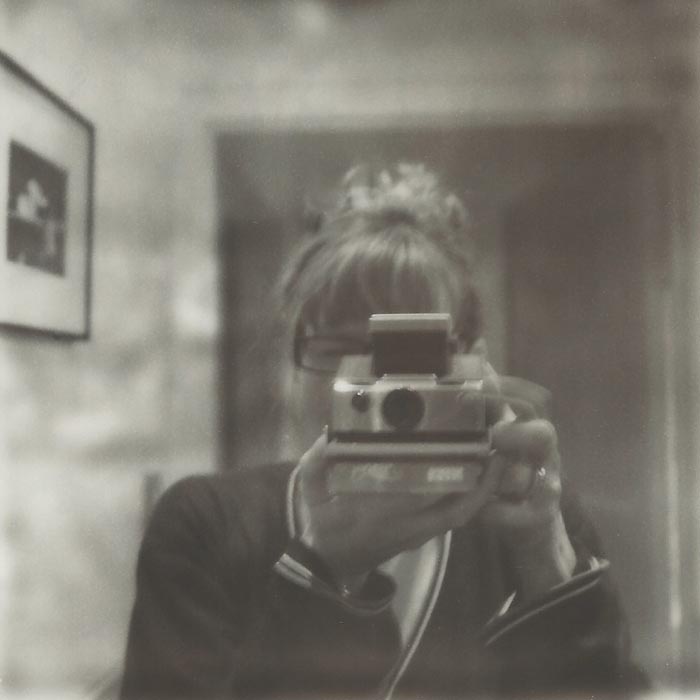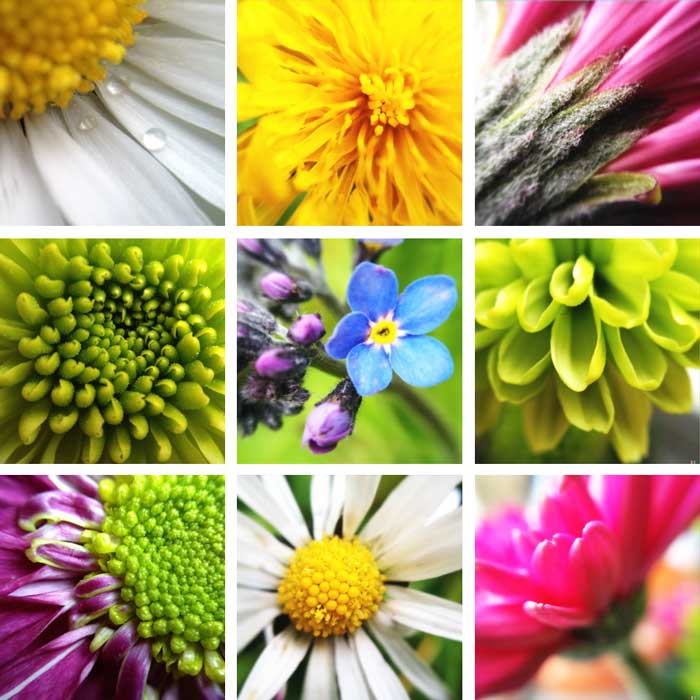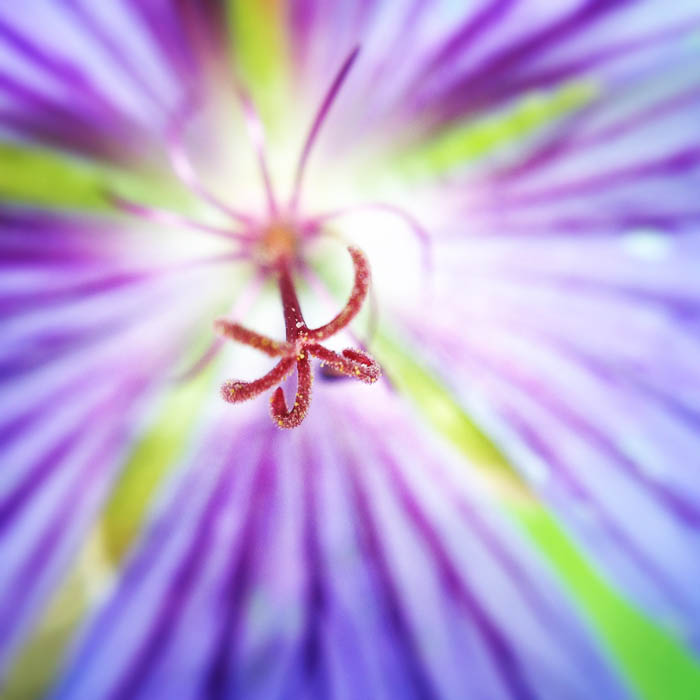There is a lot of debate in photography circles about whether the iPhone (or any mobile phone) is a “legitimate” camera. I say emphatically, YES. Just look at the work of award-winning photojournalists Ben Lowy and Damon Winter who both captured emotional images of war. Or wedding photographer Jerry Ghionis. Who wouldn’t want wedding photos like that? Ghionis is spot on when he says:
“Photography is more about the craft of lighting, posing, composition and story telling, etc. than which camera you use.”
Super fancy camera gear may make a difference in certain situations, say high-speed sports action. But at the end of the day, it’s still the person behind the camera making artistic decisions about how to shoot and the aesthetics they use to convey a message. The iPhone is just another tool in the photographer’s arsenal, whether they’re an amateur or a professional photojournalist. And iPhones are typically the cameras we always have with us and ones that make it easy to capture life’s moments without getting in the way.
Much of the debate around mobile photography is around apps and filters applied to photos. About whether these apps take away from the legitimacy of an image. But I think this is no different from adjustments people make in Photoshop. Model in a glossy magazine? Someone took her photo with a really expensive camera, but she’s not real, even though we’re expected to believe she is. Just like Photoshop, iPhone apps can be used to enhance an image, maybe improve it, maybe give it a certain mood. For example, by changing an image to black and white.
But what many iPhoneographers are also doing is using apps to create an image, turning a photo into something completely different like abstract art. And while this may not be the right approach for photojournalism, I think this is just as valid an art form as oil on canvas. Spend a few minutes on iPhoneArt to see what I mean.
For me, I feel like my iPhone photography has come full circle. I went mad with apps in the early days feeling like I had this new cool toy and I had to check out all the fun things I could do with it. But I’ve recently gone back to basics and am processing my images a lot less, trying to take a more minimalist approach to apps and letting the images speak for themselves. As a bonus, this is also saving me loads of time.
These days I’m shooting mostly with Hipstamatic making conscious choices about the style I want before I shoot and leaving the image as is. If you’ve tried Hipstamatic and been scared away by the lens and film choices (like I was originally) try following @hipstaroll or @hipstachallenge to get some ideas of combinations to try.
Things to Consider When Processing an iPhone Photo
- Photos of your friends and family, people in general, don’t need to be over processed and have filters and textures put all over their faces. Make them black and white, enhance the color or contrast, but in general, just let their natural beauty, their realness shine through.
- Find a consistent style. When you first start using an iPhone camera there is a tendency to go crazy trying out different apps, experimenting with ways to make your photos arty. I know I was super guilty of this. But now I look back through my catalog of iPhone photos and they are all over the place with a multitude of styles. Experimenting is a good thing. I recommend it. But, eventually, find what you really like and what speaks to you as an artist. Maybe you even have different styles depending on subject matter, landscape, people, architecture, or abstract painterly art. Try thinking about how your photos would look if you had to put them together in an art exhibition or a book. Would they look like they came from the same photographer?
- Think about why you’re using a specific app. Is it to enhance your photo or create a specific artistic vision? Or is it for the novelty of the app?
- All the rules of good photography still apply. Composition, light, subject matter, emotion, etc. Just because you can easily app a photo to death, doesn’t mean you should. It’s no different from if you were shooting with a DSLR. Get it right “in camera” first and make sure what you’re starting with is a good photo. A badly composed photo is still a badly composed photo no matter what filter you apply to it.
- How will your images stand up over time? Will you look back 15 years from now and think “that was a weird phase I was going through wasn’t it?”
What do you think? Are iPhones legitimate cameras? Or have apps become a crutch to compensate for average photos?




